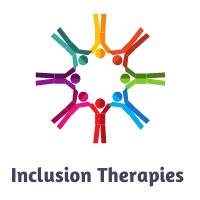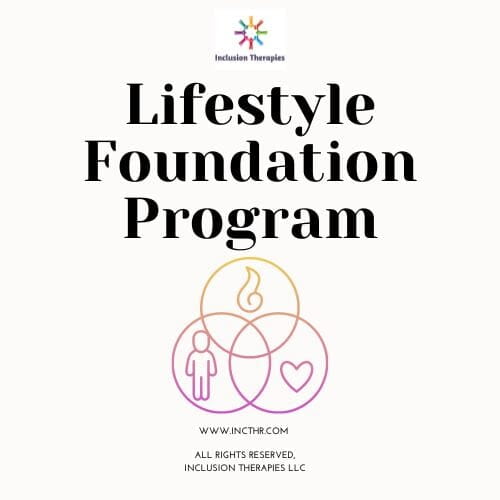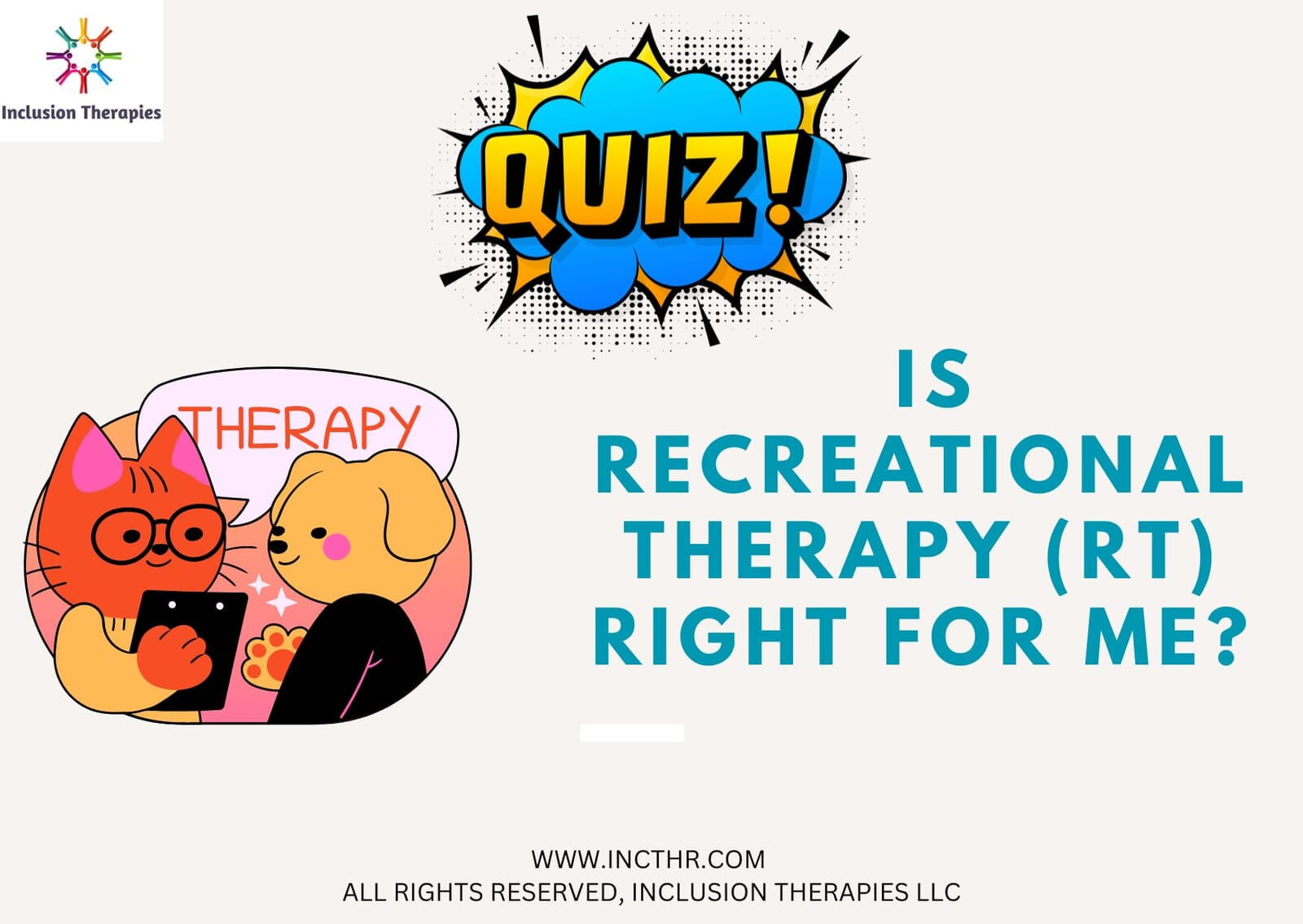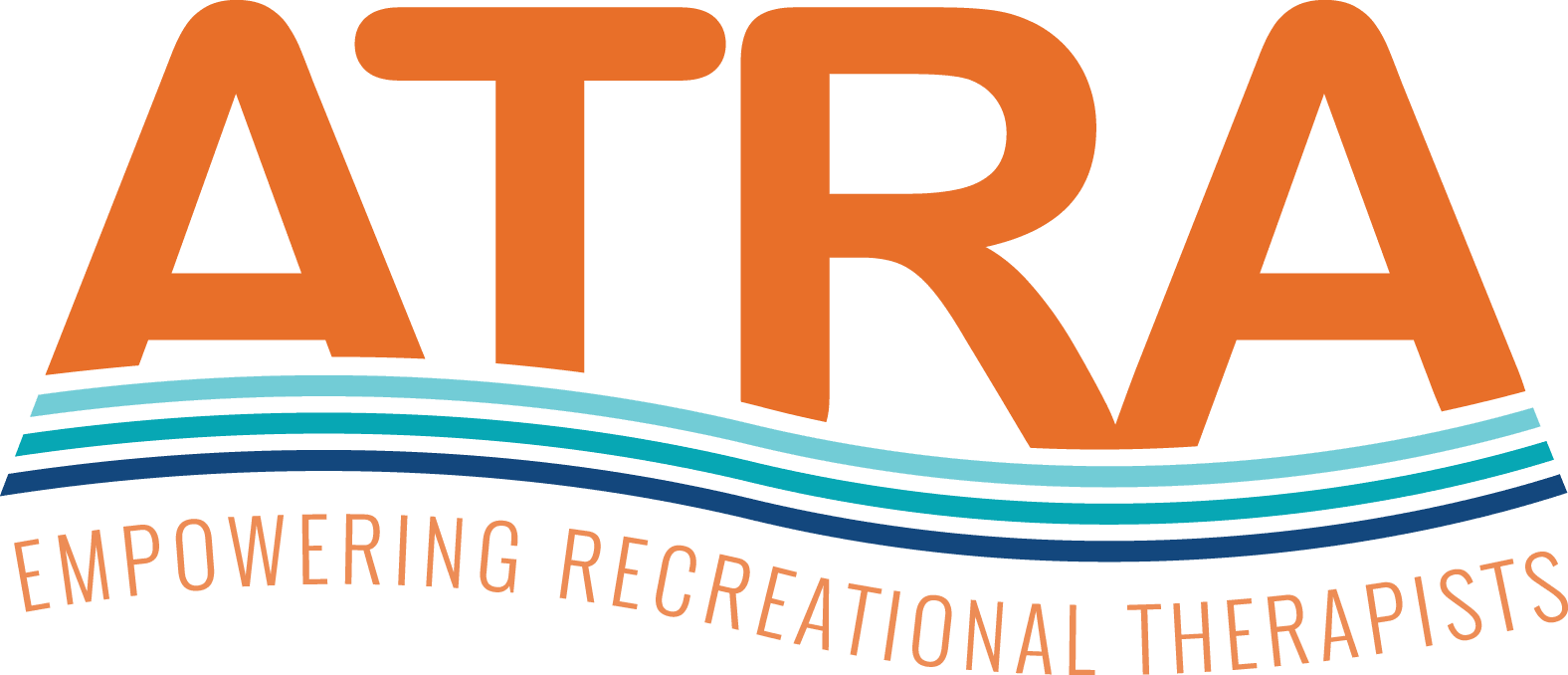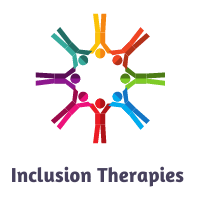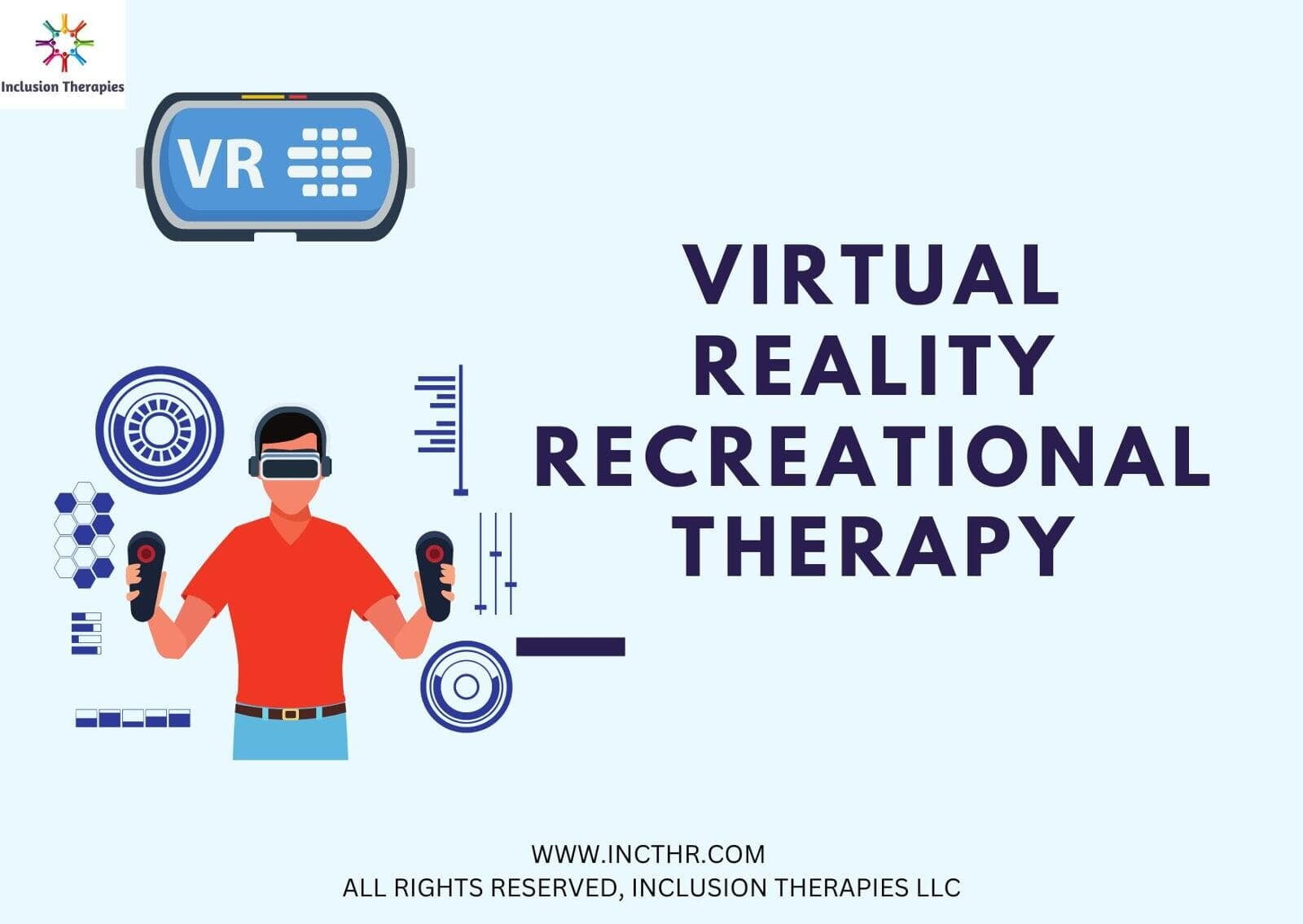
Treatment Activity
Digital Health:
Virtual Reality (VR)
Recreation Therapy
To Start Virtual Reality Recreational Therapy:
1. Sign up for membership (which includes automatic enrollment in the Lifestyle Foundation Program).
2. In your first session Assessment, share with the Recreational Therapist that you enjoy virtual reality as a therapy activity technique.
3. After your Assessment, you will schedule in-person virtual reality recreational therapy sessions at our Lake Travis Center.
FAQ: Virtual Reality
Recreational Therapy
"VR represents a real opportunity for the cognitive rehabilitation of neurological patients with different neuropsychological symptoms, especially in attention, memory, problem-solving and executive dysfunction, and in behavioral impairments[.]"
- Bevilacqua R, Maranesi E, Riccardi GR, Donna VD, Pelliccioni P, Luzi R, Lattanzio F, Pelliccioni G. Non-Immersive Virtual Reality for Rehabilitation of the Older People: A Systematic Review into Efficacy and Effectiveness. J Clin Med. 2019 Nov 5;8(11):1882. doi: 10.3390/jcm8111882. PMID: 31694337; PMCID: PMC6912349.
- Virtual Reality Therapy integrates virtual reality immersion experiences for the prevention, treatment and rehabilitation of psychological and physical health conditions.
- Garcia-Palacios, Azucena & Hoffman, Hunter & Kwong See, Sheree & Tsai, Amy & Botella, Cristina. (2001). Redefining Therapeutic Success with Virtual Reality Exposure Therapy. Cyberpsychology & behavior : the impact of the Internet, multimedia and virtual reality on behavior and society. 4. 341-8. 10.1089/109493101300210231.
"[Virtual Reality] Therapy with games was a useful tool for gait balance rehabilitation in post-stroke patients, with repercussions on the reduction of falls."
- Erika Pedreira da Fonseca, Nildo Manoel Ribeiro da Silva, Elen Beatriz Pinto, Therapeutic Effect of Virtual Reality on Post-Stroke Patients Randomized Clinical Trial, Journal of Stroke and Cerebrovascular Diseases, Volume 26, Issue 1, 2017, Pages 94-100, ISSN 1052-3057, https://doi.org/10.1016/j.jstrokecerebrovasdis.2016.08.035.
View Educational Video from Hamilton Health Sciences hospitals in Canada:
- Inclusion Therapies integrates gaming and virtual reality technology utilizing AMD Ryzen 5 3600 3.6 GHZ + AMD RX 580 8 GB graphics card on a 30" FHD Ultrawide 21:9 2560x1080p 200Hz refresh rate curved gaming monitor, and Oculus/ Meta Quest 1 and 2 headsets.
- Virtual reality therapy sessions are at our Lake Travis Center for Therapeutic Recreation Technology (CTRT) or online inside a private setting within a virtual world (if the client has the requisite hardware and software).
- During in-person sessions, the therapist team will attach the head mounted display and the hand held controllers (and assist client with calibration).
- The client and Recreational Therapist will select a Virtual Reality (VR) experience relating to their healthcare outcomes. For example, someone with a fear of heights may select to ride a roller coaster to be exposed to a situation mimicking heights while they are aware that they are standing (or sitting) safe on the ground. Someone who is engaged in physical rehabilitation and previously loved to climb mountains may select mountain climbing.
- During in-person sessions, the therapist team will be physically next to client (to ensure safety) and will also be verbally guiding the client during the VR session (as the computer monitor shows the virtual world that client is immersed within).
- During each VR therapy session the client will be engaged in VR and then have a debriefing session (to talk about the VR sensations and reactions).
"Virtual reality, or VR, allows users to experience a sense of presence in a computer-generated three-dimensional environment. Sensory information is delivered through a head mounted display and specialized interface devices. These devices track head movements so that the movements and images change in a natural way with head motion, allowing for a sense of immersion.[...] VR allows for controlled delivery of sensory stimulation via the therapist and is a convenient and cost-effective treatment." [emphasis added].
- Maples-Keller, J. L., Bunnell, B. E., Kim, S. J., & Rothbaum, B. O. (2017). The Use of Virtual Reality Technology in the Treatment of Anxiety and Other Psychiatric Disorders. Harvard review of psychiatry, 25(3), 103–113. https://doi.org/10.1097/HRP.0000000000000138
- Maples-Keller, J. L., Bunnell, B. E., Kim, S. J., & Rothbaum, B. O. (2017). The Use of Virtual Reality Technology in the Treatment of Anxiety and Other Psychiatric Disorders. Harvard review of psychiatry, 25(3), 103–113. https://doi.org/10.1097/HRP.0000000000000138
"Virtual reality can provide meaningful activity and enhance quality of life for hPLWD [hospice patients living with dementia] at the end of life."
- Ferguson C, Shade MY, Blaskewicz Boron J, Lyden E, Manley NA. Virtual Reality for Therapeutic Recreation in Dementia Hospice Care: A Feasibility Study. Am J Hosp Palliat Care. 2020 Oct;37(10):809-815. doi: 10.1177/1049909120901525. Epub 2020 Jan 24. PMID: 31975609.
- Laurie Snider, Annette Majnemer & Vasiliki Darsaklis (2010) Virtual reality as a therapeutic modality for children with cerebral palsy, Developmental Neurorehabilitation, 13:2, 120-128, DOI:10.3109/17518420903357753
TREATMENT TECHNIQUE ACTIVITY
ADDICTION AWARENESS:
There are issues related to excessive activity engagement for some individuals.
We request that potential clients please access health care providers who treat excessive engagement (addiction).
Inclusion Therapies is not an addiction treatment specialist (substance or behavioral).
Substance addiction:
We do not allow use of any substances (alcohol or drugs, including vaping) during our sessions.
Behavioral addiction:
Our sessions and/or groups are not intended, nor appropriate, for an individual who excessively engages in a specific treatment technique activity (behavioral addiction). These activities include, but are not limited to: an addiction to gambling, eating, exercising or dieting, shopping, video gaming, internet use, musical practice, collecting, work, love, etc..
If treatment staff become aware of an addiction to (or excessive engagement in) a specific treatment technique, the member will be removed from sessions and groups utilizing that activity (with non-addictive activities substituted). For example, if someone is discovered to be living with a gambling addiction involving the card game of poker, they will not engage in poker games during their treatment sessions.
When does an activity potentially become a behavioral addiction?
- "The essential feature of behavioral addictions is the failure to resist an impulse, drive, or temptation to perform an act that is harmful to the person or to others[.]"
- "These characteristics include tolerance (the need to use the substance or perform the troublesome behavior at higher doses, or more and more frequently, in order to achieve the same effect); withdrawal (feelings of restlessness, irritability, and discontent following abrupt discontinuation of the substance or the behavior); obsessive thinking and planning that block out anything other than obtaining or engaging in the addictive agent or behavior; and accompanying external consequences in related to finances, health, interpersonal relationships, legal affairs, etc."
- Add minor children under 18 for an additional $49 per month per child (to share one membership together).
- Add adults over 18 for an additional $99 per month per adult (to share one membership together).
All New Members are Enrolled in our Lifestyle Foundation Program
The program is 2-6 months (based on client goals and plan) and is paid via monthly membership subscription.
Members may pause or cancel membership subscription at any time
(cancellation effective at the conclusion of their current prepaid month).
"Health care extends beyond pills and medical devices."
- Baker, D. L., & Dye, C. (2017). Prescribing Experience: Discussion of Recreational Therapy as Health Care. Journal of Disability & Religion, 21(3), 296–318. https://doi.org/10.1080/23312521.2017.1326875
